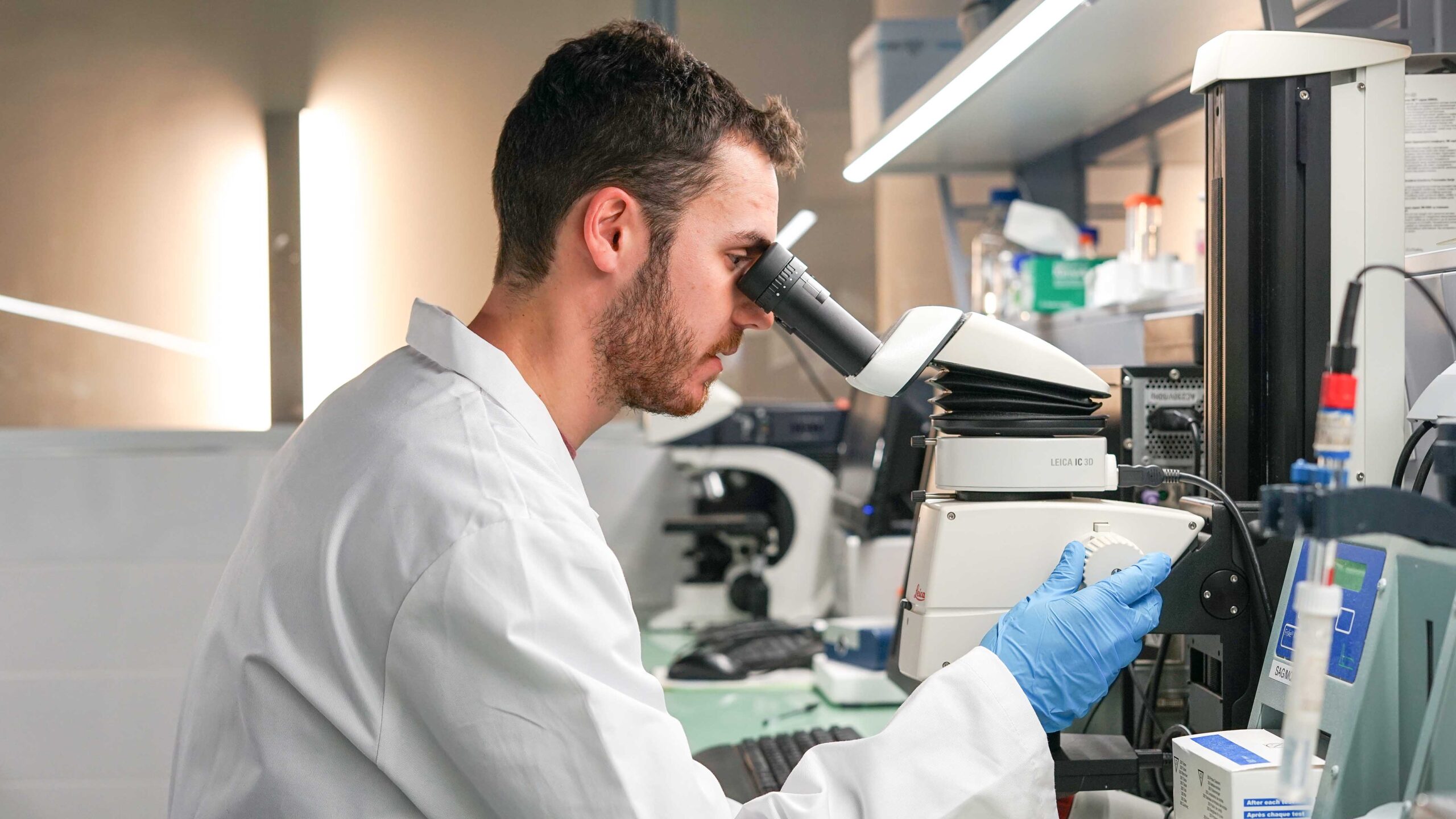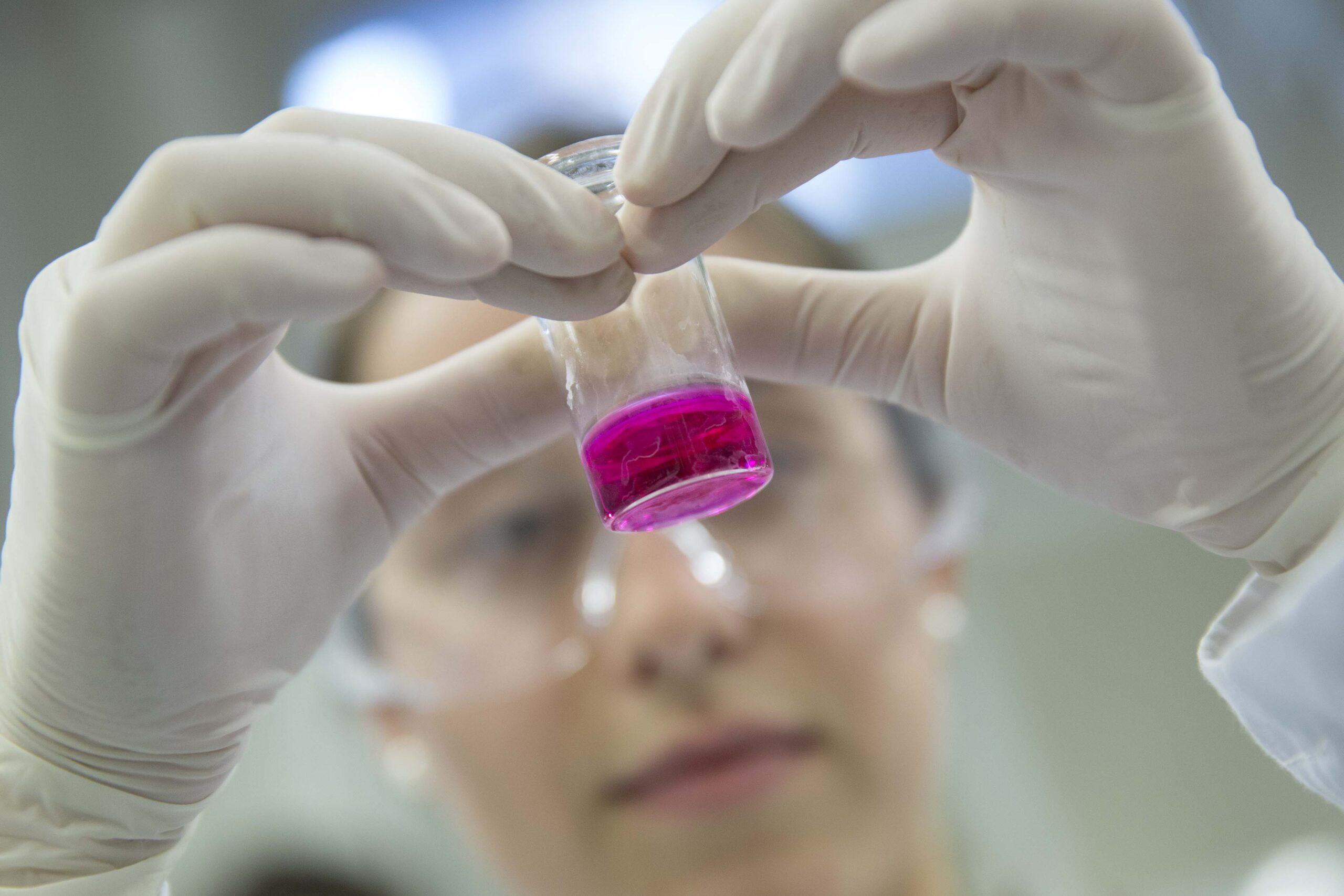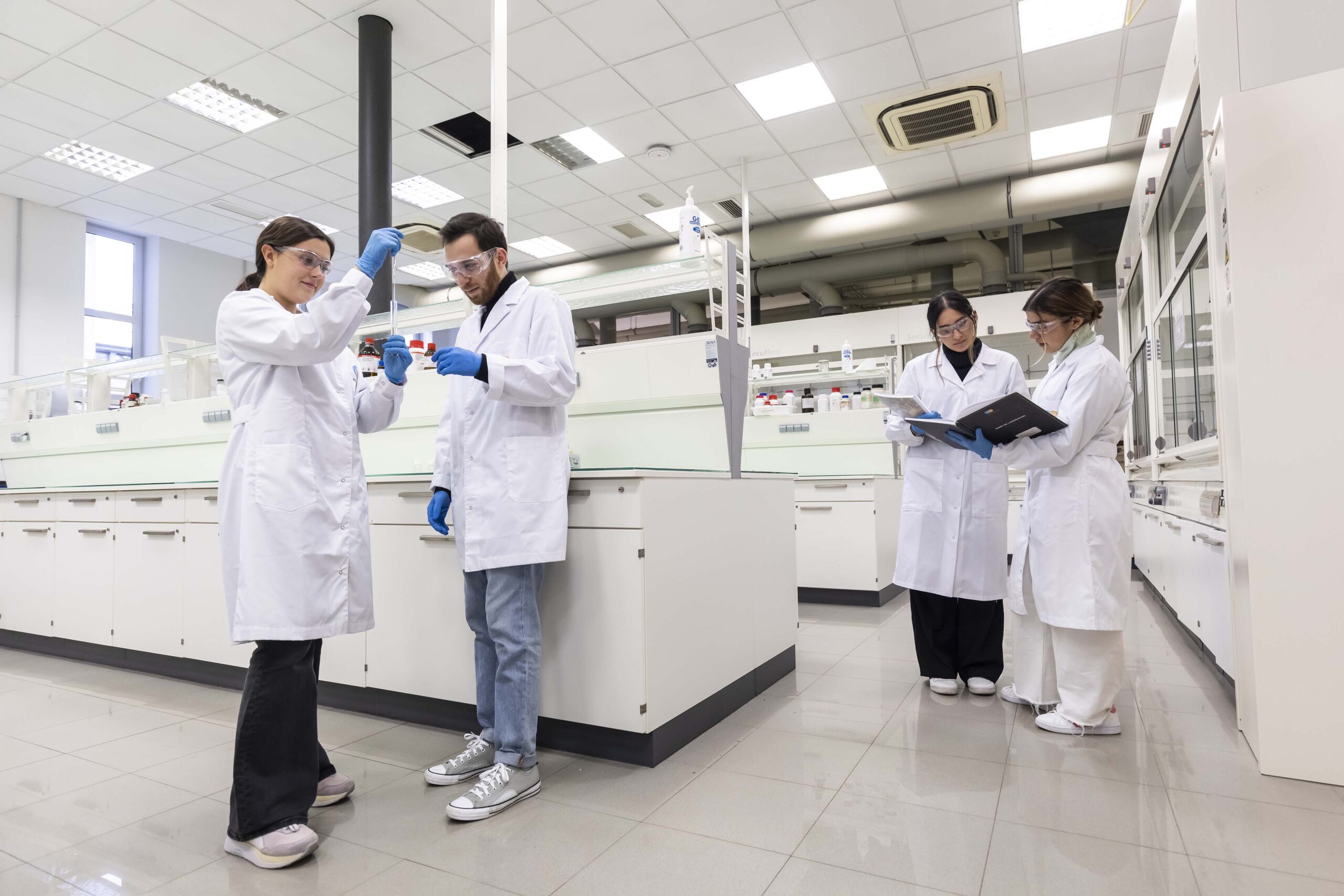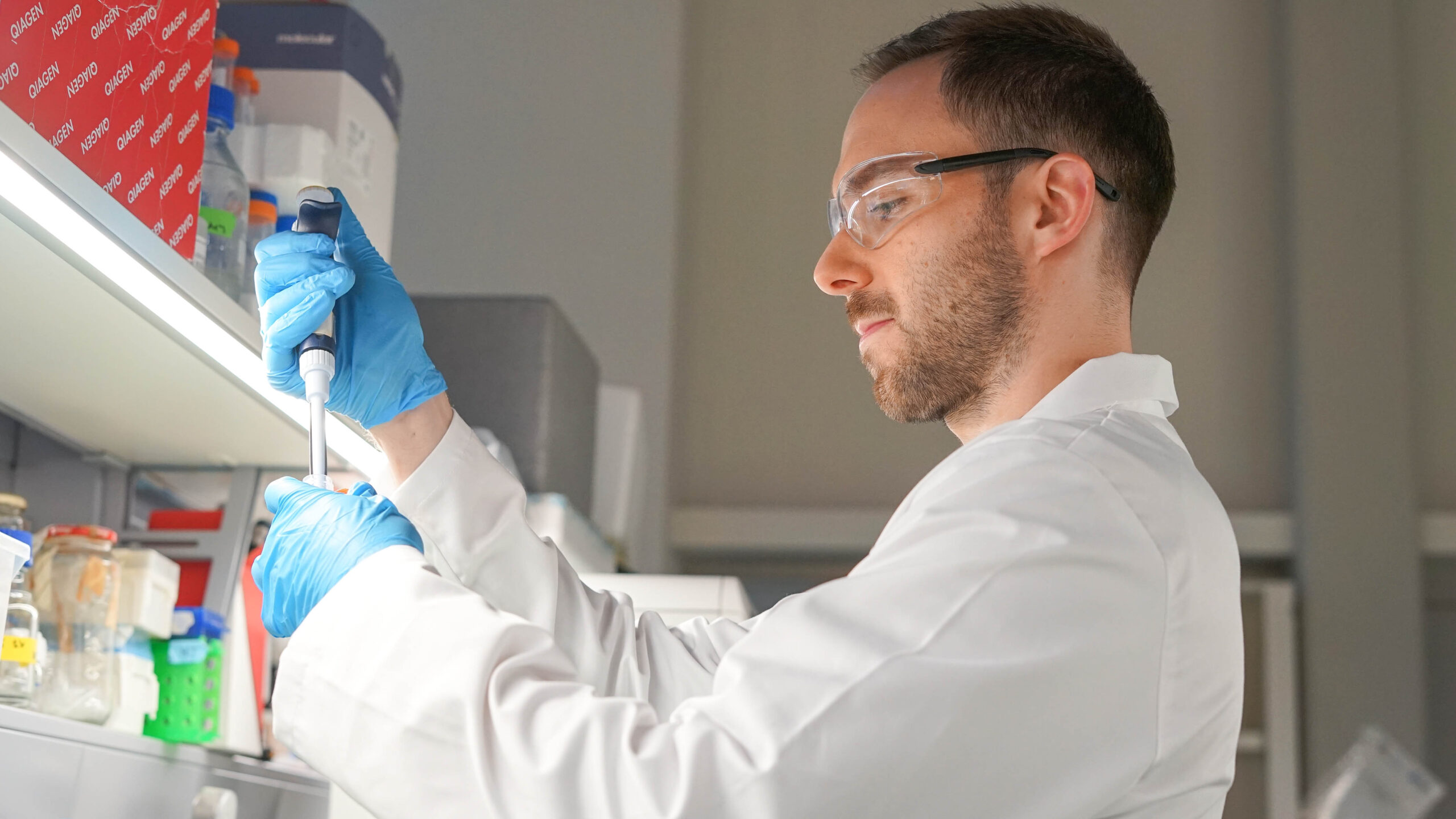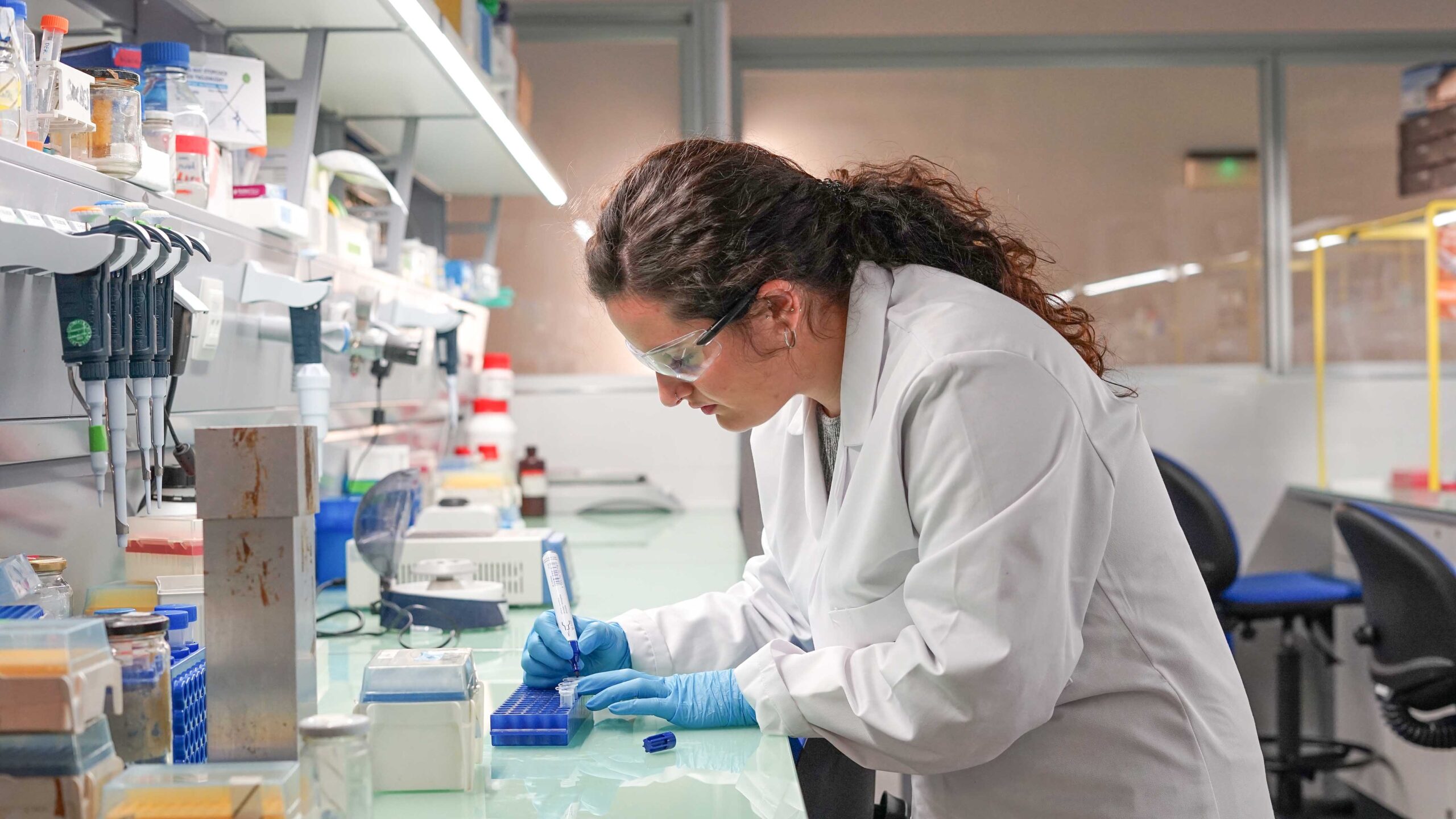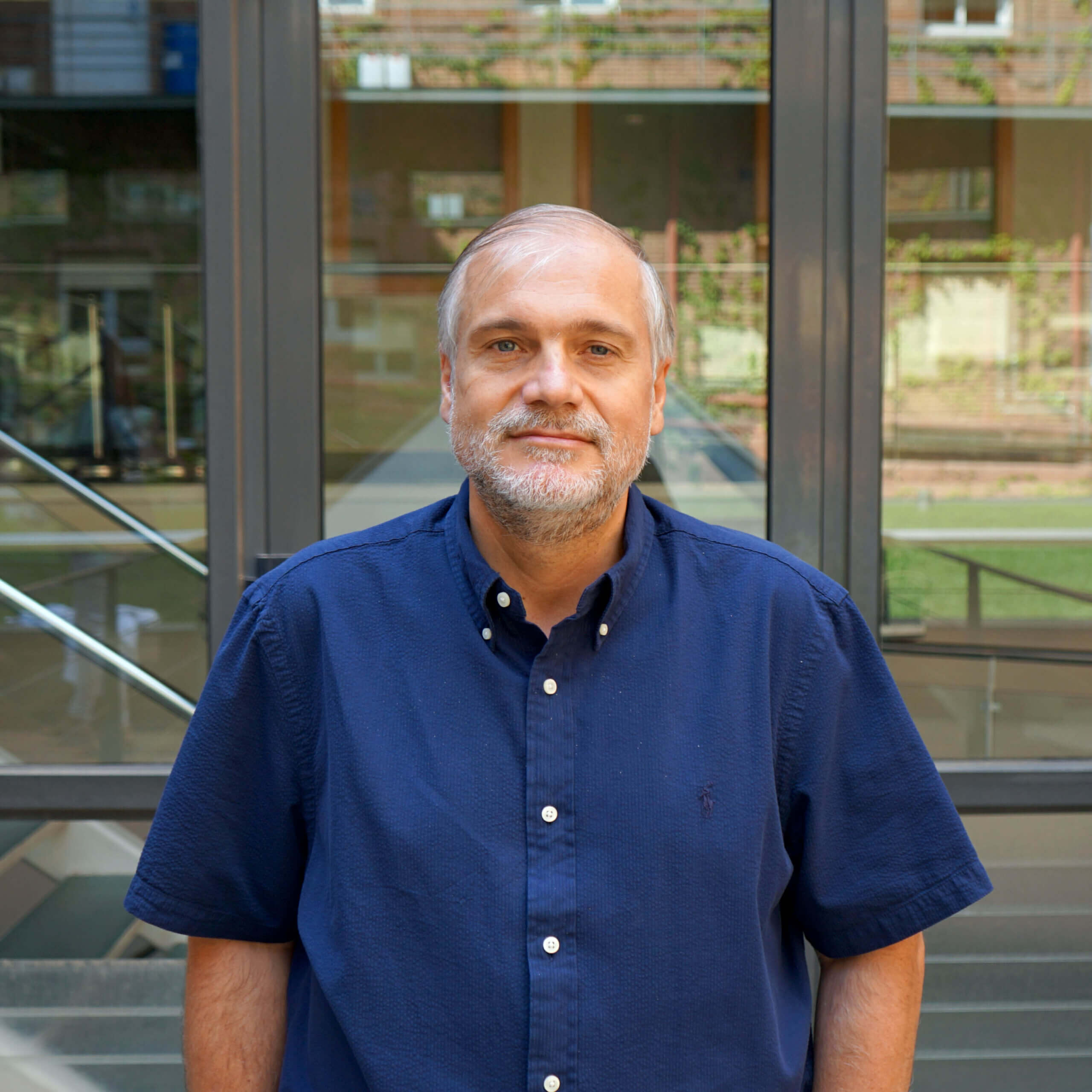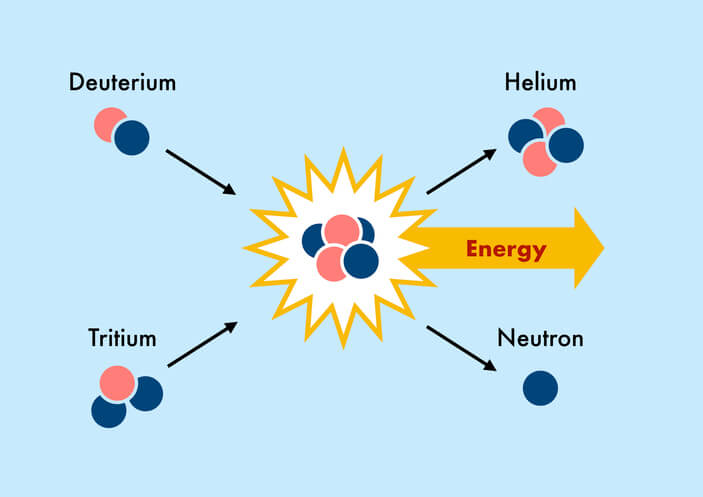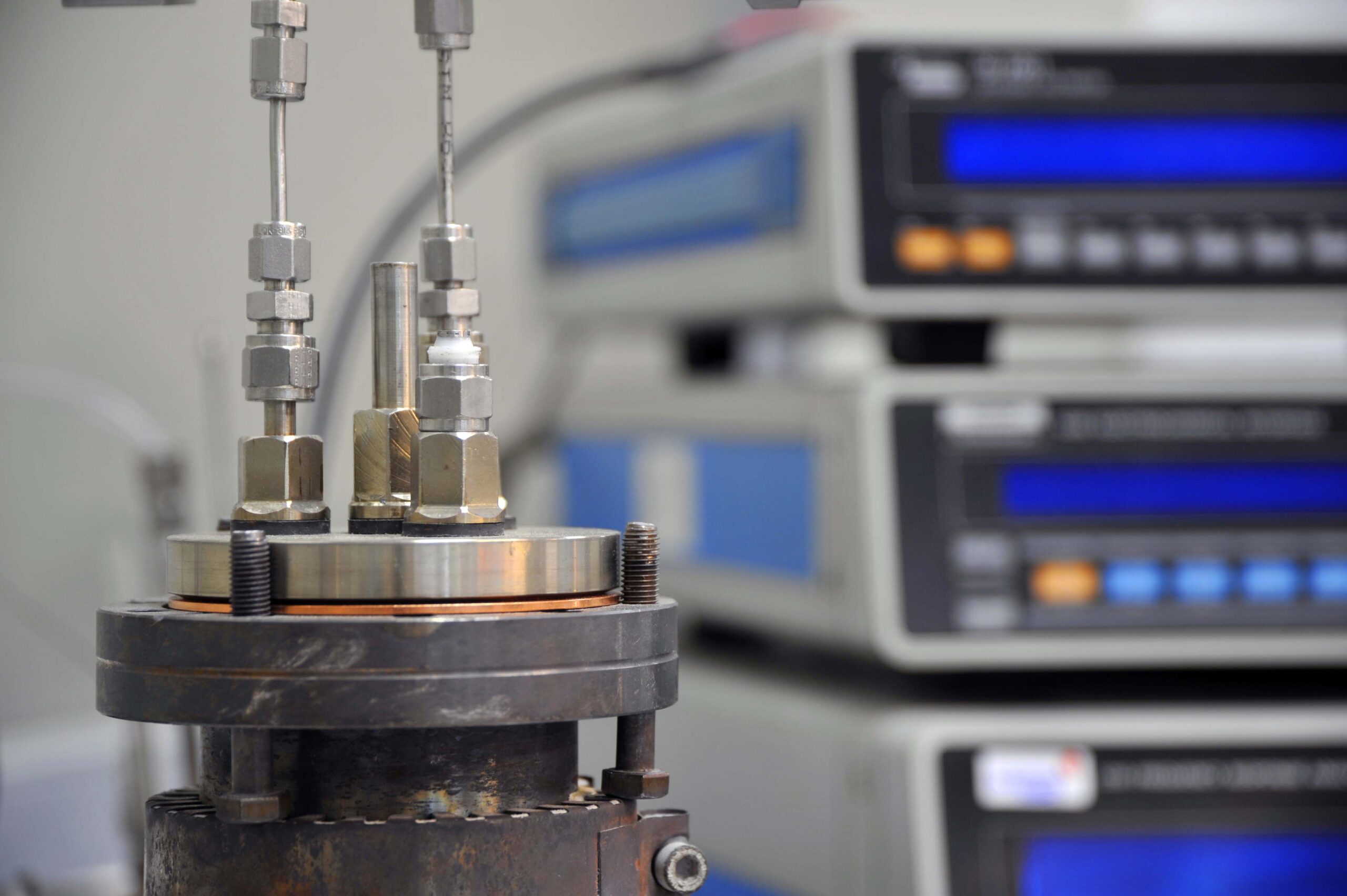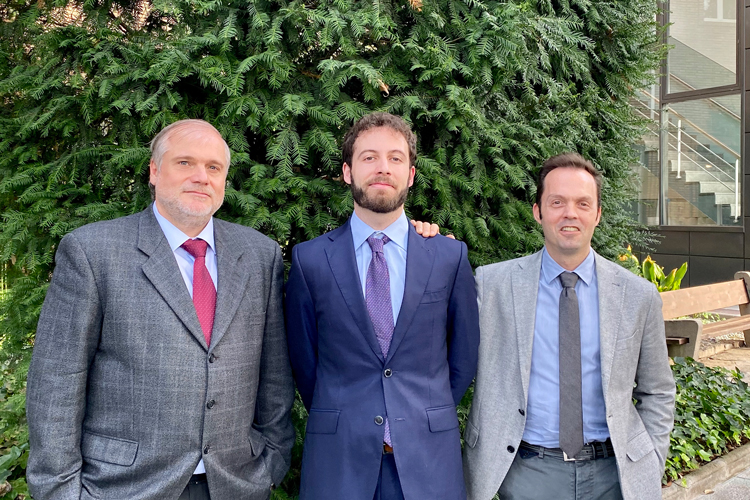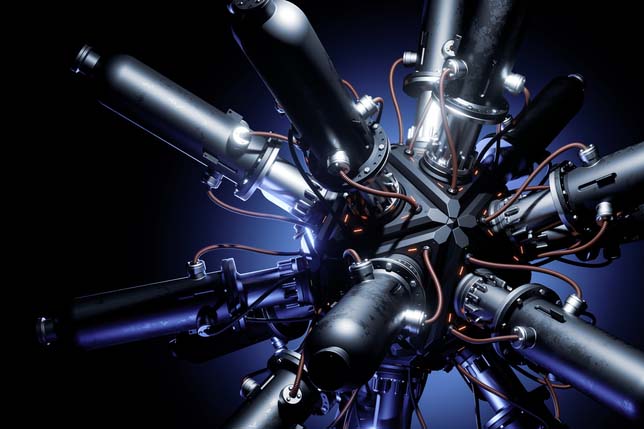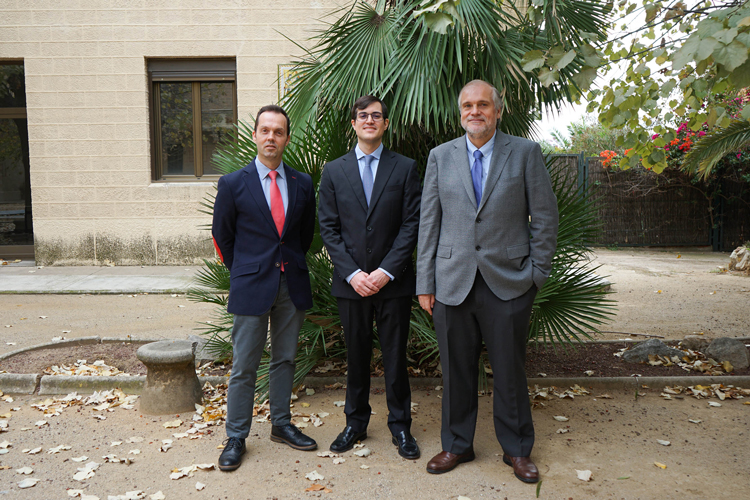Due to the ongoing increase in global energy demand in recent years and with the prospect of continued growth, there have been multiple avenues of research focused on improving and increasing energy generation for a long time. One of the alternatives to fossil fuels and renewable energy is nuclear energy. This source of energy can come from two avenues: fission and fusion, two processes that include reactions involving the nuclei of atoms.
Advanced Electrochemical Sensors for Dual Hydrogen and Deuterium Detection
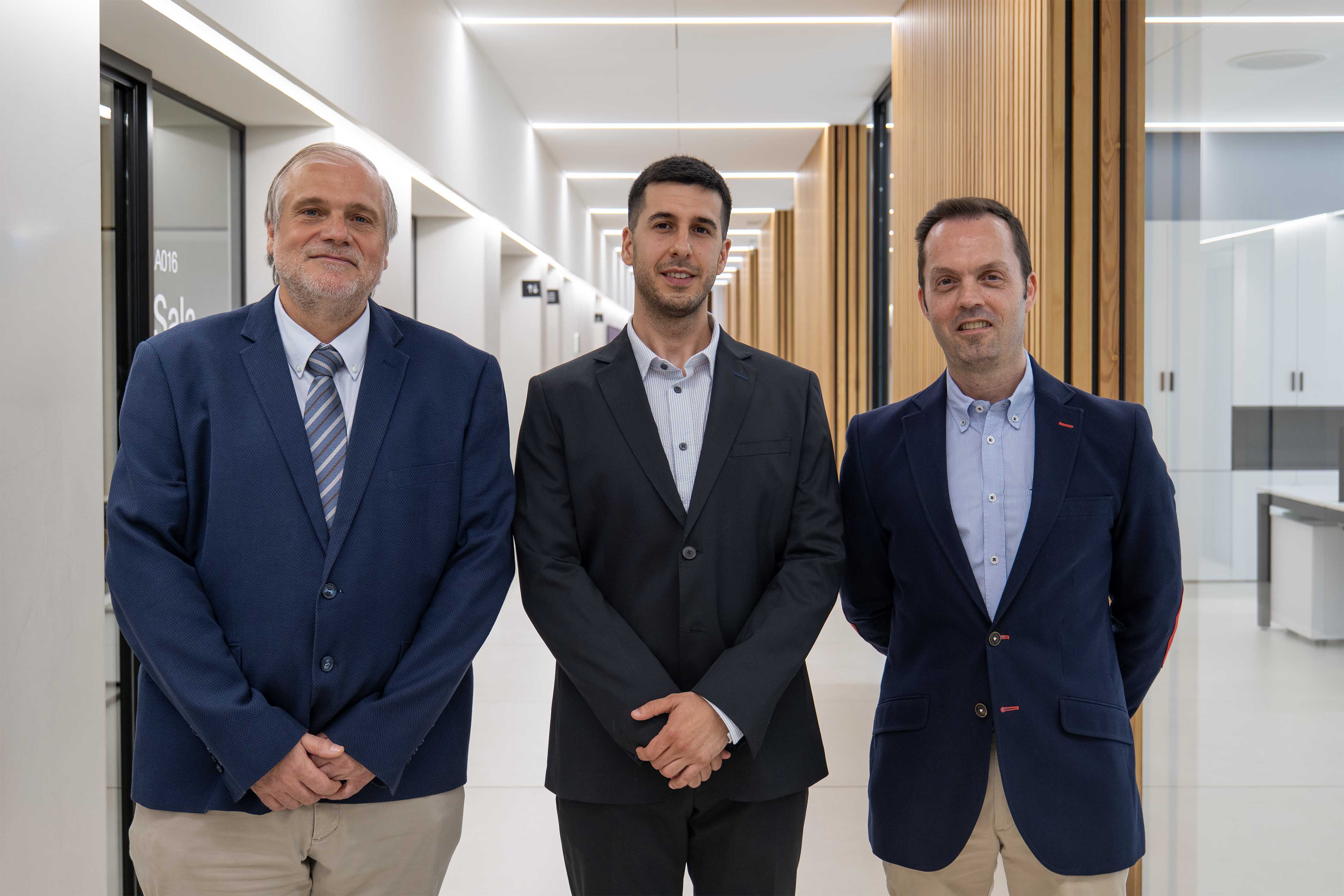
Nuclear fusion represents a promising and sustainable solution to the world’s growing energy demands, a process that seeks to reproduce the Sun’s energy production system on Earth. But it also requires addressing numerous technological challenges to implement it. One of the most ambitious projects in the world right now is the ITER (International Thermonuclear Experimental Reactor) project, in which different countries and organizations are participating with the aim of building an experimental fusion reactor.
In the Electrochemistry and Bioanalysis Group (EQBA) at IQS, researchers from the Electrochemistry Laboratory are working on various projects related to nuclear fusion technologies using isotopes such as deuterium, which is easy to obtain, and tritium, which must be generated in the same fusion reactor. One of the main challenges is, thus, to develop tritium sensors capable of withstanding the extreme reaction conditions that occur inside the Tritium Breeding Blankets, where this isotope is generated through nuclear reactions.
Within this context, and following the previous research initiated by Dr Eduard Juhera and Dr Marc Nel·lo in the field of electrochemical sensors for fusion reactions, Dr Enric Luján recently defended his doctoral thesis at IQS with the title Advanced electrochemical sensors for the dual detection of hydrogen and deuterium. His thesis was conducted at the IQS Electrochemistry Laboratory, led by Dr Jordi Abellà Iglesias and Dr Sergi Colominas Fuster, with the aim of developing new dual electrochemical sensors with large physical and chemical stability.
New dual sensors for fusion reactions
In particular, Dr Luján’s thesis optimized the synthesis and sintering of the ceramic electrolytes BaCe0.6Z0.3Y0.1O3-α and Sr(Ce0.9Zr0.1)0.95Yb0.05O3-α, which were characterized by Scanning Electron Microscopy – Energy Scattering Spectroscopy (SEM-EDS), X-ray Diffraction (XRD), and Electrochemical Impedance Spectroscopy (EIS). Thanks to these characterizations, detailed information was obtained on the structural properties and composition of the electrolytes, which are crucial for their application in electrochemical devices such as fusion reactor sensors.
From this point, Dr Luján built both amperometric and potentiometric sensors and studied their analytical parameters. Linear range, response and recovery time, accuracy, and precision were determined to evaluate sensor performance. Special attention was paid to the responses of the sensors to hydrogen and deuterium to achieve a comparative analysis of their effectiveness in detecting and differentiating between isotopes.
Finally, his research modified the surface of the sensors with various coatings, using palladium, hexagonal boron nitride, and graphene to more effectively improve the ability to measure hydrogen isotopes. These modifications aimed to improve the selectivity of the sensors, thereby providing more accurate readings of isotope concentrations and advancing the development of reliable diagnostic tools for nuclear fusion technology.
With his doctoral thesis, Dr Luján has made important advances in the development of technologies related to nuclear fusion, achieving an effective system of simultaneous measurement for binary mixtures of hydrogen and deuterium in various isotopic proportions in real time and in high temperature environments.
Related publications
Enric Lujan et al, Electrochemical response of Sr(Ce0.9Zr0.1)0.95Yb0.05O3-δ high-temperature hydrogen sensor, Fusion and Engineering Design, 212, 2025, 114830.
Antonio Hinojo, Enric Lujan et al, ZnO sintering aid effect on proton conductivity of BaCe0.6Zr0.3Y0.1O3-δ electrolyte for hydrogen sensors, Ceramics International, 50, issue 20, Part C, 2024, 40205-40215.
Enric Lujan, et al, Hydrogen and deuterium influence on BaCe0.6Zr0.3Y0.1O3-α electrolyte: Effects on ionic conductivity and on sensing performance, International Journal of Hydrogen Energy, 59, 2024, 1471-1479.
Enric Lujan, Antonio Hinojo et al, High temperature potentiometric hydrogen sensor based on BaCe0.6Zr0.3Y0.1O3-α-ZnO, Sensors and Actuators B: Chemical, 375, 2023, 132952
This thesis has received support from the Semolmetfus (RTI208-095045-B-I00) and Ecsenfus (PID2022-143047OB-I00) projects under the Ministry of Science and Innovation/State Research Agency. It also received the FI-SUR grant from the Agency for the Management of University and Research Grants – AGAUR under the Department of Business and Knowledge/Secretary for University and Research with the Government of Catalonia (2021 FISDU 00136).


